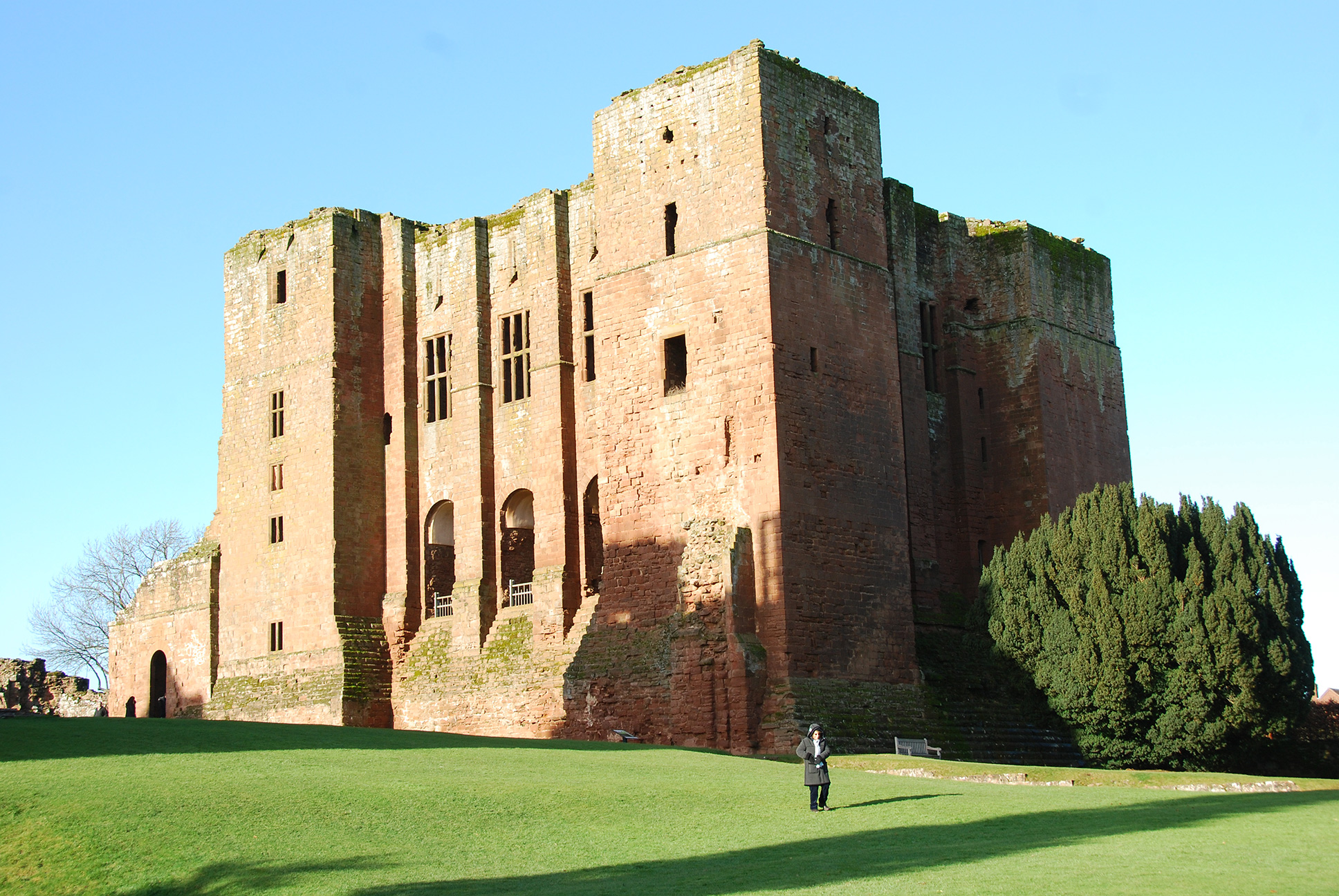Simon de Montfort the Younger
cursed by God, a wanderer and a fugitive
Simon de Montfort the Younger was the second son of Simon de Montfort, 6th Earl of Leicester, notable for his role in and after the Second Barons' War. His tragic life was marked by failed rebellion, exile, and violent retaliation, shadowed by his father's legacy.

Simon was born in April of 1240, likely in France or Italy. He was the second son of Simon de Montfort, 6th Earl of Leicester, and Eleanor of England.
Simon the Younger married Isabel, with whom he had one daughter, Elizabeth de Montfort.
On April 5th, 1264, at the Battle of Northampton, royalist forces under the command of Prince Edward, future King Edward I, attacked the town and castle of Northampton. They found a weakness in the wall surrounding the town along the garden wall of St. Andrews Priory on the north end of the town.
Simon de Montfort the Younger was defending Northampton, and when he heard of the breach, he rode his horse to the wall to try to push the royalists back. The royalists were repelled twice, but on the third attempt, Simon was thrown from his horse, captured, and taken prisoner. He was put on trial and exiled from England for a year. Because of this, he would not be present at the Battle of Lewes in May of 1264.
After the Battle of Lewes, Prince Edward escaped from Simon de Montfort, 6th Earl of Leicester, and started to build an army to take back control of England from De Montfort. Simon instructed his son, Simon the Younger, to begin raising an army in England, while he traveled to Wales to secure support from the Welsh. While Earl Simon was in Wales, Edward gained control of the border, trapping Simon there.
Simon the Younger and his army had assembled and traveled to Kenilworth to the northeast. Edward knew that Earl Simon and Simon the Younger would try to combine their armies and overpower his army, so he headed northeast to try to confront Simon the Younger at Kenilworth before they could join Earl Simon's army. Earl Simon then moved his army into England, specifically to Evesham, to rest and await his son's army.
Edward managed to intercept and ambush Simon the Younger and his army in Kenilworth, shattering their forces as they fled and leaving their banners behind. Edward would use de Montfort's banners to disguise his army as they now headed south to Evesham to confront Earl Simon.
On the morning of August 4th, at Evesham, Earl Simon received good news from his scouts that his son's army had been spotted just a couple of hours from Evesham. About an hour later, a faint horn was heard, announcing the arrival of the army from the north. Earl Simon looked up in disbelief. It was not his son's army approaching, but Prince Edward and an army of over 10,000 soldiers. The Battle of Evesham was about to begin.
Earl Simon knew they were outnumbered but fought on, attacking Edward's center line, but they were overwhelmed. Henry de Montfort was killed in sight of his father, Simon, who then resolved himself to his destiny. He charged forward, was thrown from his horse, and was surrounded by Edwards' men. Roger Mortimer made the final blow, killing Earl Simon, and they then dismembered Simon's body and cut off his head.
By now, Simon de Montfort the Younger arrived with what was left of his army from Kenilworth, but having seen his father's head on a pike, turned his army around and returned to Kenilworth in disgrace, having arrived too late.
On June 21st, 1266, the Siege of Kenilworth Castle began. Simon the Younger had promised to surrender the castle to Henry III, but changed his mind, so the King started a siege of the castle that would last almost 6 months. Simon the Younger, Henry de Hastings, and a garrison of baronial forces held out in the castle. Despite siege engines, Edward's forces could not weaken the castle defenses. It was not until the garrison was starving and riddled with disease that Simon de Montfort the Younger surrendered the castle on December 14th, 1266.
Soon after surrendering Kenilworth Castle, Simon and his younger brother Guy de Montfort escaped to France and Italy. In 1271, they discovered that Henry of Almain was in the Church of San Silvestro in Viterbo, Italy. They went to the church and murdered Henry at the Altar, whom they blamed for their father's death at Evesham. They were both excommunicated for this crime.
Simon died later that year from the Toscana virus at a castle near Siena, "cursed by God, a wanderer and a fugitive".
